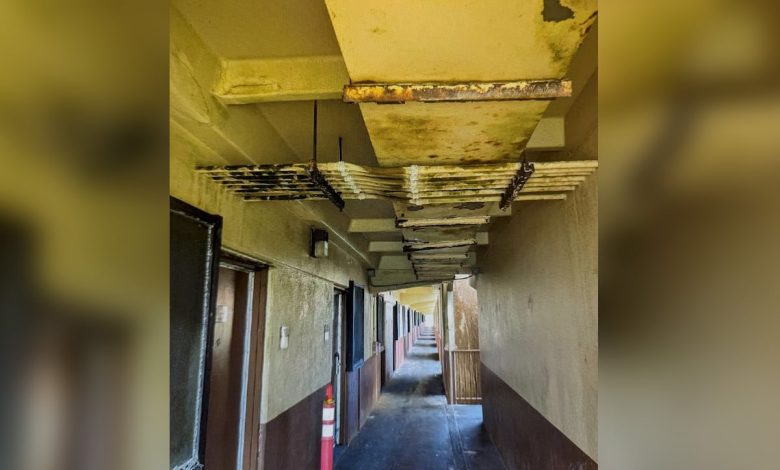A new barracks task force aims to improve military living conditions

Defense Secretary Pete Hegseth has formed a new “barracks task force” to improve living conditions for U.S. service members in barracks across the globe.
“For too long this Department has neglected its responsibilities to set and maintain the appropriate standards for barracks, and that ends now,” he said in a memo dated Oct. 6 and posted to his social media on Thursday.
The Barracks Task Force will be led by the Assistant Secretary of War for Energy, Installations and Environment. The team must develop an initial barracks plan within the next 30 days that will identify investment opportunities and create department-wide policies for barracks standards that will prioritize air and water quality for troops, according to the memo.
“How can we expect them to be ready for anything on the battlefield when their own living space is a constant source of stress and frustration?” Hegseth questioned in a video posted on X Thursday.
“Every war fighter of our joint force deserves housing that is clean, comfortable and safe,” he added.
Hegseth said the One Big Beautiful Bill Act signed into law in early July gave the Department of Defense “the down payment” to upgrade barracks and address “long overdue deferred maintenance.”
The bill provides $230 million for the Marine Corps Barracks 2030 initiative, $425 million for enlisted boot camp barracks and other related facilities, and $1 billion for Army, Navy, Air Force, and Space Force “sustainment, restoration, and modernization of military unaccompanied housing.”
A defense official who spoke to Military Times on the condition of anonymity said the shifted funds were part of the Facilities, Sustainment, Restoration and Modernization program and were used at that time to improve facilities near the border instead of elsewhere.
In 2023 the Government Accountability Office released a report observing barracks in “poor condition, including some with safety risks like sewage overflow and inoperable fire systems.”
Maintenance teams were found to be slow or unresponsive.
Hundreds of thousands of service members live in military barracks, with concerns about poor living conditions and management going back decades, according to the non-partisan government watchdog.
Earlier this year, mold-infested walls, exposed electrical wiring and other subpar living conditions at Andersen Air Force Base’s military barracks in Guam prompted a recent Navy-wide review of all unaccompanied housing.
Service members in Henderson Hall in northern Virginia had to move out last year for a multimillion-dollar renovation after poor conditions including mold, roof leaks and failing HVAC systems.
And a massive mold infestation in barracks at Fort Bragg, North Carolina, forced more than 1,000 soldiers to temporarily relocate in 2022.







